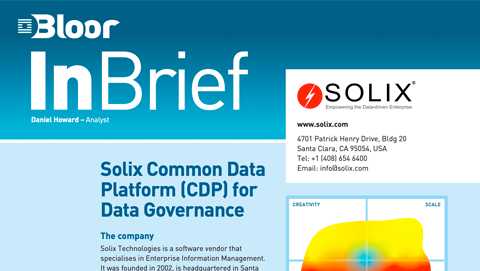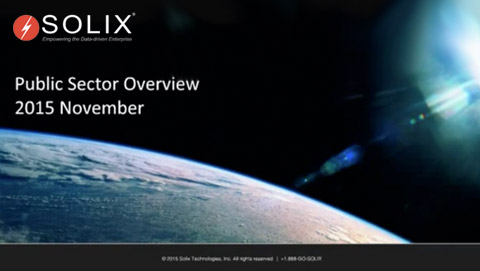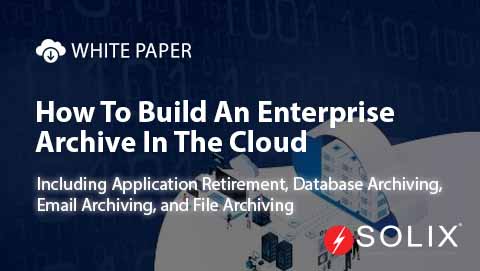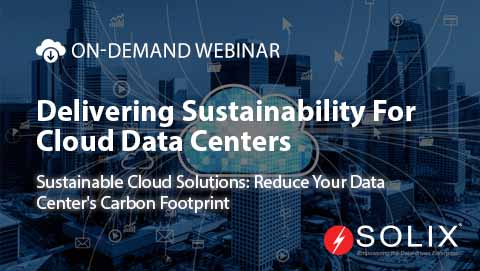Data Pipeline
What is a Data Pipeline?
A data pipeline is an automated system for moving, transforming, and managing data from one location to another within a computer system. Data pipelines are essential for organizations that rely on data analysis to inform their decisions.
Here are the key components of a data pipeline:
- Source:
The data pipeline begins by extracting data from various sources, such as databases, applications, and sensors.
- Processing:
The data is then transformed to meet the needs of the analysis. This may involve cleaning the data, formatting it consistently, and enriching it with additional information.
- Destination:
The transformed data is then loaded into a final destination, such as a data warehouse, data lake, or analytics platform.
Data pipelines can be simple or complex, depending on the needs of the organization. Simple pipelines may only involve a few steps, while complex pipelines may involve many steps and transformations.
Benefits of using Data Pipelines
There are several benefits to using data pipelines:
- Improved data quality:
Data pipelines can help to ensure that data is clean, consistent, and accurate.
- Increased efficiency:
Data pipelines can automate the process of moving and transforming data, which can save time and resources.
- Better decision-making:
By providing access to clean and reliable data, data pipelines can help organizations make better decisions.
Types of Data Pipelines
Here are some of the common types of data pipelines:
- ETL (Extract, Transform, Load):
This is a traditional type of data pipeline that extracts data from a source, transforms it, and then loads it into a data warehouse.
- ELT (Extract, Load, Transform):
This is a variation of ETL in which the data is loaded into a data lake before being transformed. ELT is often preferred for big data applications where the data structure may be unknown beforehand.
The choice of data pipeline type depends on several factors, including the volume and velocity of the data, the desired latency for analysis, and the organization’s budget and technical expertise.
Data Pipeline Use Cases
Data pipelines are used across a wide range of industries and applications. Here are some common use cases:
- Customer analytics:
Data pipelines can be used to collect and analyze customer data from various sources, such as website visits, purchase history, and social media interactions. This data can be used to understand customer behavior, personalize marketing campaigns, and improve customer satisfaction.
- Fraud detection:
Real-time data pipelines can be used to analyze financial transactions and identify potential fraudulent activity. This can help organizations to prevent financial losses.
- Risk management:
Data pipelines can be used to collect and analyze data from various sources, such as weather data, social media sentiment, and financial markets. This data can be used to assess risk and make informed decisions.
- Predictive maintenance:
Data pipelines can be used to collect sensor data from equipment and analyze it to predict potential failures. This can help organizations to prevent downtime and save money on repairs.
- Log analysis:
Data pipelines can be used to collect and analyze log data from applications and servers. This data can be used to troubleshoot problems, identify security threats, and improve application performance.
- Data warehousing and business intelligence:
Data pipelines are essential for populating data warehouses and data lakes with data from various sources. This data can then be used for business intelligence and analytics to gain insights into the organization’s performance.
These are just a few examples of how data pipelines are used. As organizations collect and generate ever-increasing amounts of data, data pipelines will become even more essential for extracting value from that data.
FAQs
What are the challenges of building a data pipeline?
Building a data pipeline can be complex. Common challenges include integrating data from various sources with different formats or schemas, ensuring data quality throughout the pipeline to avoid errors, securing the data from cyberattacks, and choosing a scalable architecture that can handle growing data volumes.
What are some of the tools and technologies used to build data pipelines?
Several tools and technologies can be used to build data pipelines. These include data integration tools for extracting, transforming, and loading data, ETL/ELT tools specifically designed for building data pipelines, cloud-based data platforms that offer pipeline building tools, and programming languages like Python, Java, and Scala.
How much does it cost to build a data pipeline?
The cost of a data pipeline varies depending on several factors, including the complexity of the pipeline, the volume of data it handles, and the chosen tools and technologies. It can range from a few thousand dollars for a simple pipeline to millions for a complex one.
What is the difference between a data pipeline and a data warehouse?
Think of a data pipeline as a conveyor belt that moves and transforms data. A data warehouse, on the other hand, is the storage destination for the processed data. Data pipelines are used to populate data warehouses with clean and usable data for analysis.
What is the difference between a data pipeline and a data lake?
Similar to a data warehouse, a data lake is a storage destination. However, a data lake can store all types of data, both structured and unstructured, whereas data warehouses typically handle structured data. Data pipelines can be used to populate both data lakes (often with ELT pipelines) and data warehouses (usually with ETL pipelines).





